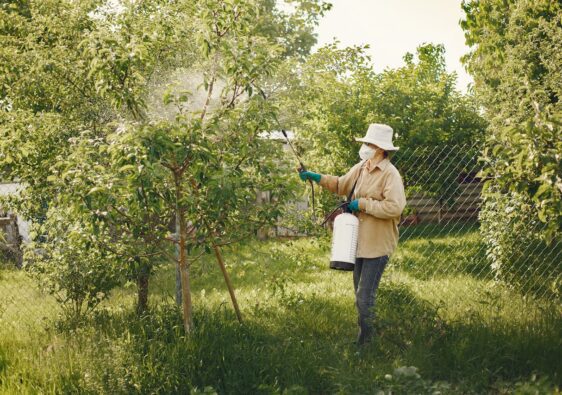Did you know that shingle roofs are the most commonly used in American homes? The majority of homeowners love the low cost and versatility of asphalt shingles.
However, like all structures, a roof’s lifespan is affected by various factors. The most significant among these factors is the quality of the materials used and how well these materials were installed.
Fortunately, we’re here to break down all you need to know about the average lifespan of a roof, as well as some factors that help determine how long it lasts.
Are you ready? Let’s get started!
What Is the Average Lifespan of a Roof?
The average lifespan of a roof depends on a variety of factors. This includes the environment, the materials used, the size of the roof, and the maintenance that is performed throughout its lifespan.
Generally, asphalt shingle roofs have an average lifespan of 12 to 20 years. In comparison, wood shingle roofs have an average lifespan of 15 to 25 years.
Tile roofs have a lifespan of around 50 years, and rubber roof systems have a lifespan of over 50 years. Regular maintenance and repair can extend the life of most roofs, and so can the use of protective coating products.
Impact of Climate and Weather on the Lifespan of a Roof
Climate and weather can significantly affect the lifespan of different types of roofs. In moister and colder temperatures, roofs are more susceptible to algae, moss growth, and snow accumulation. It ultimately leads to a shorter life than in hotter, drier weather.
Exposure to extreme weather conditions can also cause physical damage to a roof, such as cracks, dents, and corrosion of certain materials. Also, cold weather can cause the roof to expand and contract during winter.
On the other hand, excess heat and sun can cause roofing materials such as tiles or shingles to become brittle, break, and ultimately reduce the roof’s effectiveness.
How to Increase the Lifespan of Your Roof?
The roofing lifespan can be dramatically increased by taking simple, preventative measures. One of the biggest things to consider is the environment surrounding you and its effect on your roof.
Keeping trees trimmed can help protect your roof from damage caused by falling branches. Check your roof for any standing water or debris that can cause mold and mildew. Inspect for any worn shingles or other problems.
Catching issues early and patching or fixing them quickly will prolong your roof’s life. Also, install good ventilation in your attic that can help keep your roof in good condition. Not only will it improve the airflow in your house and make it more comfortable, but it can also dramatically increase the lifespan of your roof.
Finally, stay on top of regular maintenance and inspect your roof regularly to ensure it’s in good condition. See here to learn more.
These Tips Will Increase the Lifespan of Your Roof
The average lifespan of a roof can vary depending on its quality, the local climate, and maintenance. It is essential to regularly inspect and maintain a roof to ensure a longer lifespan.
By doing this, homeowners can extend the roof’s lifespan and maintain a roof in excellent condition for years. For more information, contact a roof specialist today to help keep your roof in top condition.
If you find this post helpful, please keep reading for more great content.



